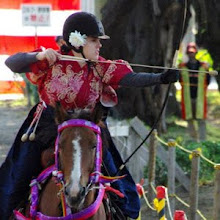
During WWII Japan invaded almost all of Asia, and ruled with an iron fist, equivallent in many ways to Hitler's rule over Europe. They were brutal to their fellow Asians, raping the land and people for all they were worth. Their terrible rule is still remembered today throughout Asia, and is the primary cause for continued uneasy relations between Japan and Asia. One of the smaller, but no less terrible examples are these tunnels. They were not dug by Japanese workers but rather by Koreans forced to move to Japan and work as forced labors in these tunnels. Without the necessary equipment or resources, and on a very short time schedule, as Japan was facing defeat after defeat in the Pacific, they were forced to dig these tunnels. Many died from explosions and cave-ins, as well as malnutrion, suicide, or execution.











